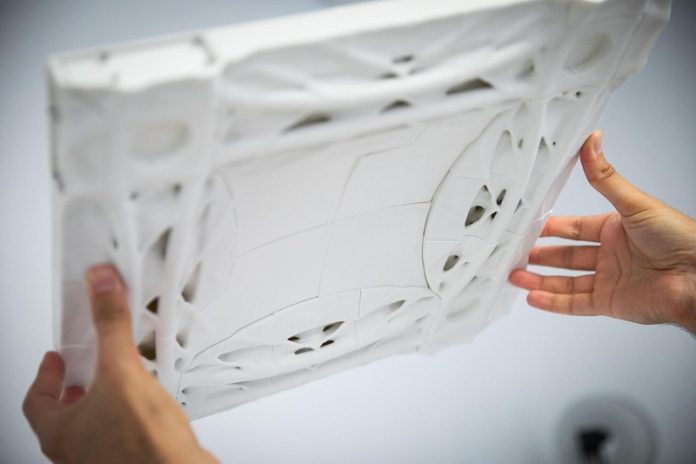
Concrete has helped build civilizations for thousands of years, from ancient pyramids to modern skyscrapers.
But today, it’s also a big polluter—responsible for up to 9% of global greenhouse gas emissions.
As the world looks for ways to fight climate change, a research team from the University of Pennsylvania may have found a way to make concrete part of the solution, not the problem.
The team created a new type of concrete that captures more carbon dioxide from the air while using less cement.
Cement is the main ingredient in concrete and one of the biggest sources of its carbon footprint.
Their new mix uses something called diatomaceous earth (DE), a naturally porous material made from fossilized algae called diatoms. These tiny sea creatures built delicate, sponge-like shells that are now proving useful in construction.
When added to the concrete mix, DE helps trap more carbon dioxide during the curing process—the hardening stage after concrete is poured.
In fact, the new blend can absorb up to 142% more CO₂ than standard concrete. Even better, it remains strong and durable, passing the usual tests for construction use.
The team also shaped the concrete into special forms inspired by nature. They used mathematical patterns called triply periodic minimal surfaces (TPMS), which are found in things like coral reefs and bones.
These designs increase the surface area, allowing more CO₂ to be captured, while using up to 68% less material.
Despite being lightweight and open in structure, these designs still held most of the strength of traditional blocks.
One of the biggest surprises was that the concrete got stronger over time as it absorbed carbon dioxide. This goes against the usual expectation that more porous materials are weaker. The 3D printing process allowed the team to precisely control how the concrete was shaped and how it hardened.
The research opens up exciting possibilities—not just for sustainable buildings, but for marine restoration projects too.
Because the material is eco-friendly and full of tiny spaces, it could be used to build artificial reefs or oyster beds that help marine life thrive while pulling carbon from the ocean.
Looking ahead, the researchers are exploring ways to use even less cement, or possibly none at all, by trying alternative binders like magnesium or recycled waste.
Their goal is to create a new generation of concrete that’s not only strong and useful but also helps fight climate change—one block at a time.



